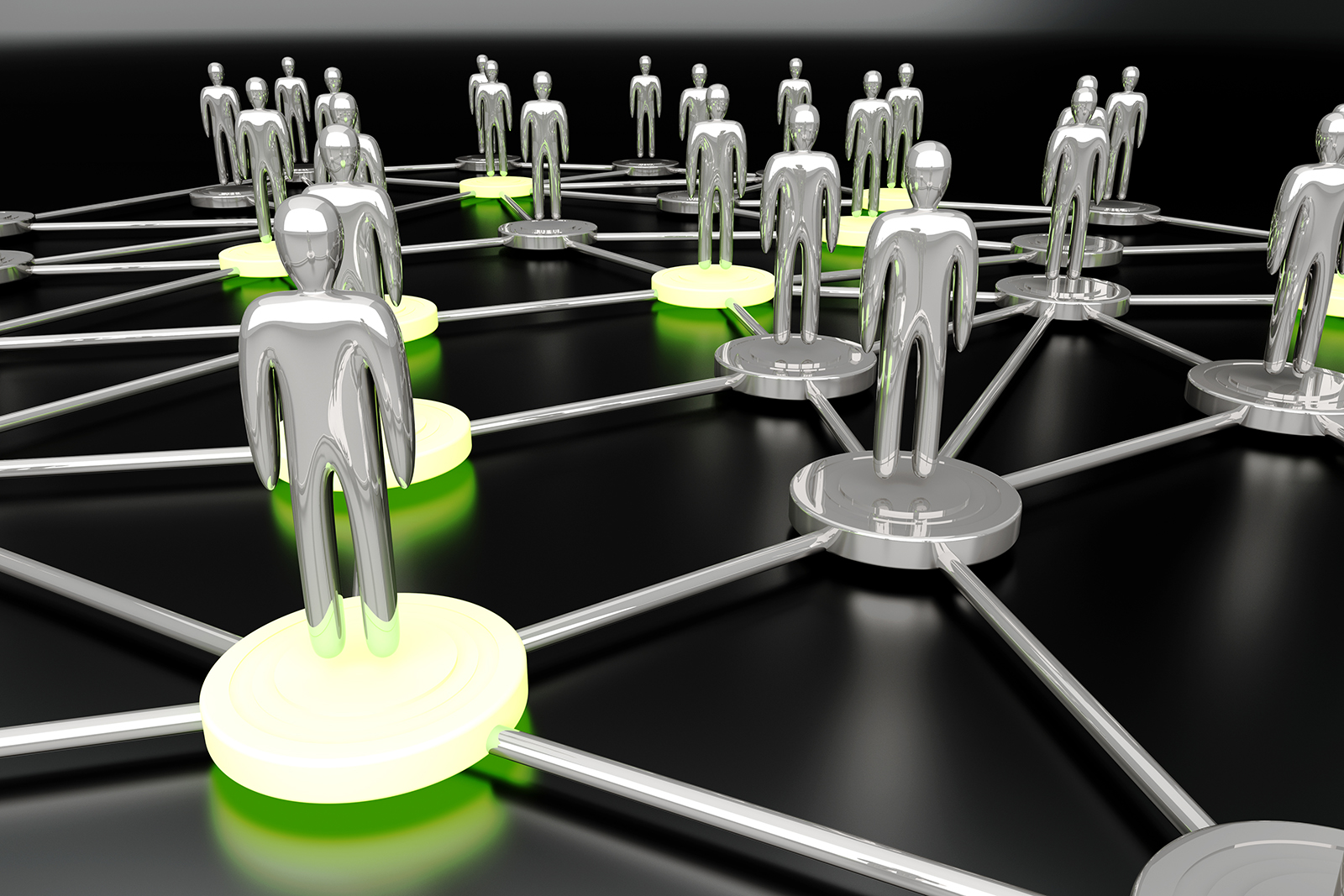With LinkedIn, Microsoft Can Create a Strategic Blockchain Advantage
Microsoft’s acquisition of LinkedIn comes as no huge surprise, as analysts – including Neil Doshi of Mizuho Securities (cl) – generally saw Microsoft or Salesforce as the two most likely suitors. The logic is solid: LinkedIn will leverage Microsoft’s scale, while it provides Microsoft juice in cloud, mobile and social, three strategically important areas where it has traditionally lagged.
But perhaps what’s been missed is that Microsoft can use the LinkedIn network as a cornerstone of its blockchain strategy. Imagine if your LinkedIn profile were a node on a blockchain. You already manage the content, connections and communications associated with your profile. In a distributed blockchain paradigm – with the means of value transfer (a wallet) – you could, as well as companies, facilitate countless functions within this network.
Like what, you ask? Peer-to-peer lending, investing, banking, insurance and healthcare, to name a few.
This platform could bring together many of the promises of blockchain technology in a more tangible way than what’s been offered to date. It provides an opportunity for Microsoft via the LinkedIn profile to provide a de facto self-sovereign digital identity for individuals, and perhaps THE de facto standard for businesses.
This means in cases like charitable donations that migrate users from LinkedIn, users could donate directly – effectively removing a barrier to more efficient campaigns. Or businesses could convert leads to sales directly via LinkedIn with fast, low-cost payments. Plus, individuals and businesses could rate one another as to trust-worthiness, ease of working with, etc., like an Uber rating – both drivers and passengers rating one another.
While on the surface this deal is all about Microsoft enhancing the value of its cloud, CRM and marketing automation assets, to me, the combination of distributed ledger technologies like identity management, immutability and smart contracts makes this transaction particularly prescient.
Security for privacy and the protection of data is another significant benefit for LinkedIn users (anyone remember the list of 2012 passwords for sale?), but that is a subject for another post.

Unlocking The Internet of Value
By integrating the LinkedIn community with a blockchain, Microsoft has the opportunity to create a leadership position with distributed trust with the planet’s most valuable network. In doing so they will unlock “The Internet of Value” (a concept explored in depth by Alex and Don Tapscott in their new book Blockchain Revolution) and that is the secret ingredient Microsoft has been missing since the PC age ended.
While it’s true that Microsoft has a terrible track record of integrating and leveraging its acquisitions, in this case the bet is massive and the opportunity may just be even bigger.
What are your thoughts on Microsoft’s opportunity to create a next-gen business network using blockchain and LinkedIn? Share them below.
This post was written for Paragon by Mike Ross.




Leave a comment:
You must be logged in to post a comment.